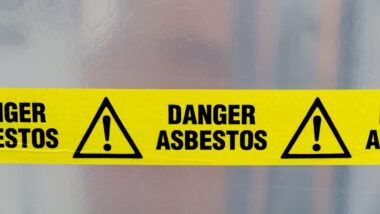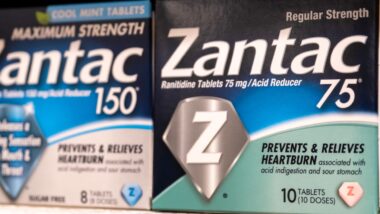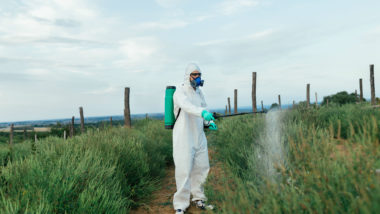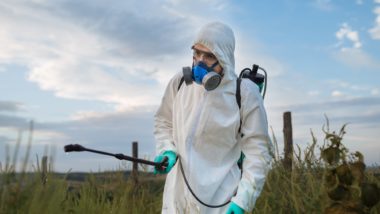Top Class Actions’s website and social media posts use affiliate links. If you make a purchase using such links, we may receive a commission, but it will not result in any additional charges to you. Please review our Affiliate Link Disclosure for more information.
Military.com reports that contaminants from a widely used firefighting foam have been found at nearly 700 military installations. Per and poly-fluoroalkyl (PFAS) substances are the main contaminants left over from PFAS firefighting foam and have been linked to a host of adverse health problems, including cancer, weakened immune responses, low infant birth weights, and thyroid hormone disruption, according to the U.S. Environmental Protection Agency (EPA).
Contaminants from PFAS firefighting foam have been found in communities across the country, in a variety of products, including stain repellents, non-stick cookware, and food wrappers. PFAS are known as “forever chemicals” because they don’t break down. This also means that contamination levels consistently increase over time. The highest levels of these contaminants are found near military bases where PFAS firefighting foam is used and has been used, for decades during training and emergencies.
“PFAS contaminate the blood of every American and have been linked to very serious health problems. … The Pentagon’s use of aqueous film-forming foam has disproportionately exposed military service members and their families and nearby communities to higher levels of PFAS pollution,” Scott Faber, Environmental Working Group’s senior vice president told Military.com.
The Defense Department’s PFAS Task Force claims that no one who lives on or off base is currently drinking water with PFAS levels higher than the EPA’s threshold. The task force acknowledged that early in its investigation of PFAS contaminants on military grounds, some installations did have PFAS contaminated water beyond EPA-approved levels. The task force said it provided bottled water and water-filtration systems to anyone living in these areas and upgraded the municipal connection and filtration systems to fix the problem.
 Efforts to Limit PFAS Firefighting Foam Contaminants
Efforts to Limit PFAS Firefighting Foam Contaminants
A page listing all EPA restrictions and risk management efforts regarding PFAS chemicals is posted on the agency’s website. Most recently, the EPA introduced a supplemental “significant new rule” meant to ensure the EPA is notified before any entity begins or resumes the import of “long-chain PFAS chemical substances.” This follows a rule establishing a similar guideline for those starting or resuming the use of the chemicals.
Just this year, Congress, according to Military.com, has passed a number of provisions to restrict the use of PFAS firefighting foam on military bases, including a ban on using PFAS firefighting foam for any training purposes as well as a provision to phase out the use of PFAS chemicals in food packaging. Congress also now requires the Department of Defense to test the blood of military firefighters to monitor the extent of their exposure. However, some lawmakers feel these provisions didn’t go far enough.
Rep. Dan Kildee, a Democrat from Michigan who is a member of Congress’ PFAS Task Force, plans to request that further restrictions be included in a 2021 defense bill. This is a bipartisan effort led by Kildee and Rep. Mac Thornberry, a Texas Republican. These lawmakers would like four new PFAS guidelines to be included in the bill:
• Extend PFAS testing to all military members and their families, including retirees
• Expand protections for military firefighter to further limit their exposure to PFAS firefighting foam contaminants
• Establishment a registry to notify military personnel and their families that they may have been exposed to PFAS chemicals
• A phase out all non-essential uses of PFAS firefighting foam and other PFAS products by the Department of Defense
“These forever chemicals are really dangerous; they have all sorts of health implications,” Kildee said in a letter to the House Armed Services Committee. “We are learning more about what the health impact is, but we know enough now to know these are really dangerous to human health and we ought to act as a nation to protect people from them.”
The committee will construct the 2021 defense bill.
If you or someone you love developed cancer after being exposed to firefighting foam, you may have a legal claim. Fill out the form on this page now to find out if you qualify to participate in a free firefighting foam lawsuit investigation.
ATTORNEY ADVERTISING
Top Class Actions is a Proud Member of the American Bar Association
LEGAL INFORMATION IS NOT LEGAL ADVICE
Top Class Actions Legal Statement
©2008 – 2024 Top Class Actions® LLC
Various Trademarks held by their respective owners
This website is not intended for viewing or usage by European Union citizens.
Get Help – It’s Free
Join a Free Firefighting Foam Cancer Class Action Lawsuit Investigation
If you qualify, an attorney will contact you to discuss the details of your potential case at no charge to you.
PLEASE NOTE: If you want to participate in this investigation, it is imperative that you reply to the law firm if they call or email you. Failing to do so may result in you not getting signed up as a client or getting you dropped as a client.
Oops! We could not locate your form.

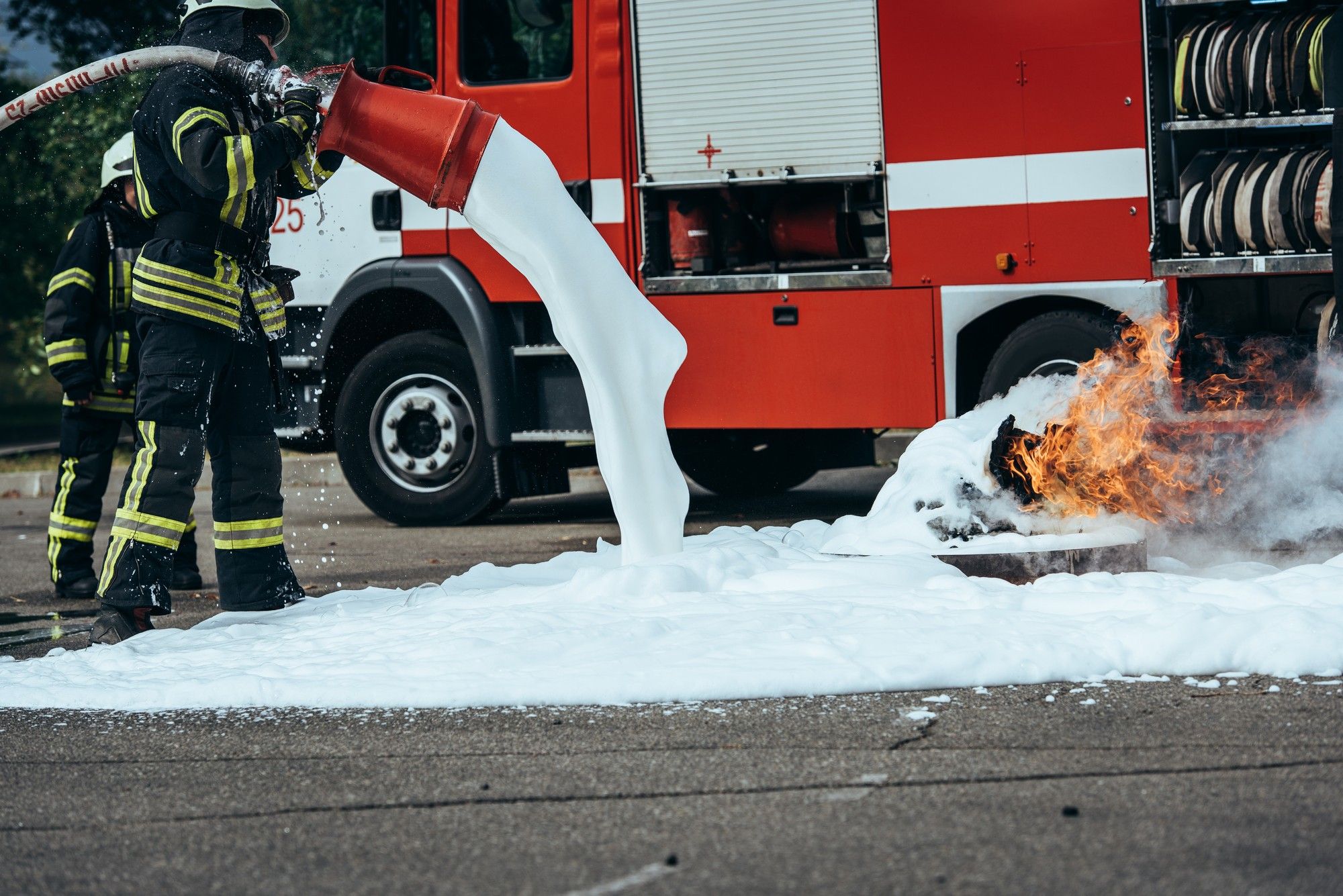
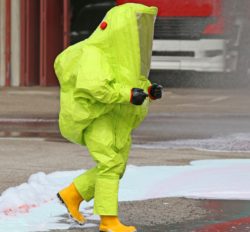 Efforts to Limit PFAS Firefighting Foam Contaminants
Efforts to Limit PFAS Firefighting Foam Contaminants